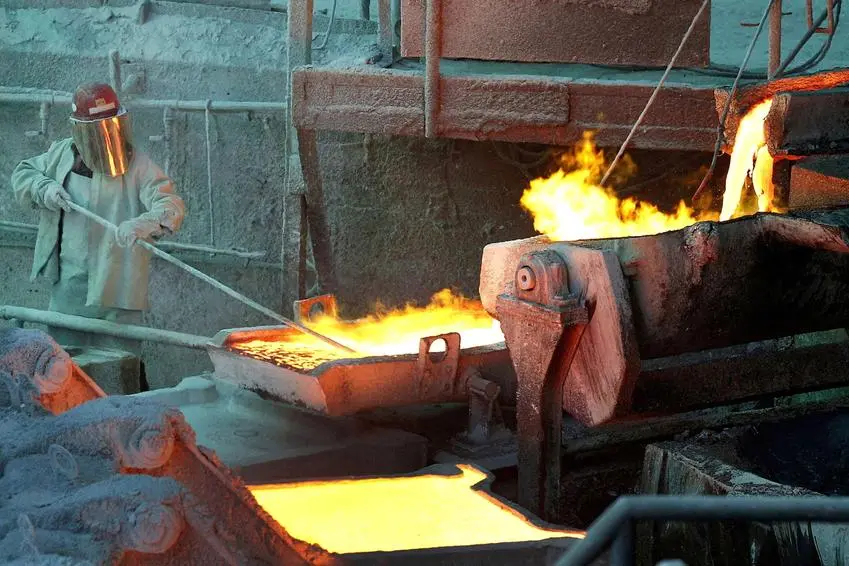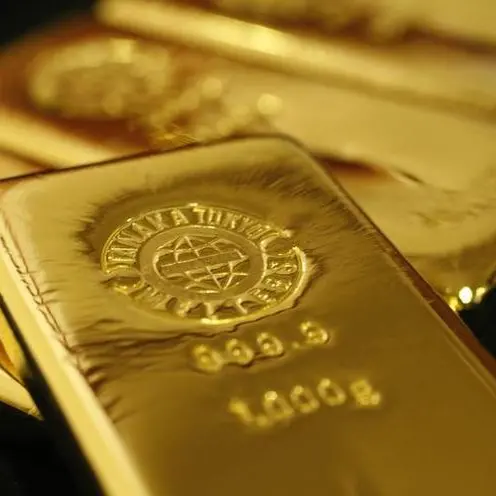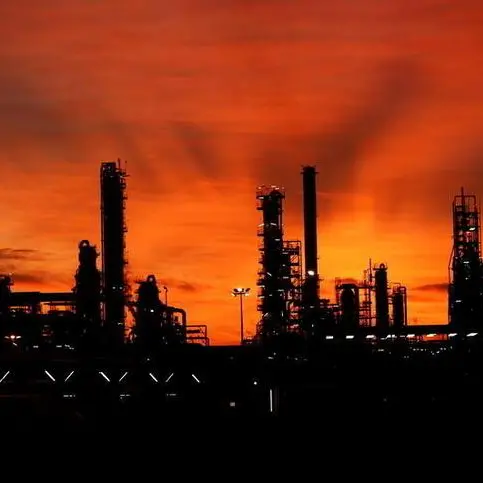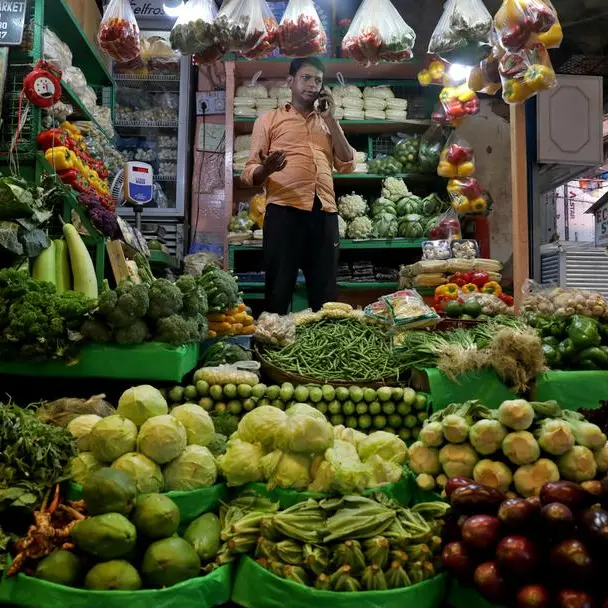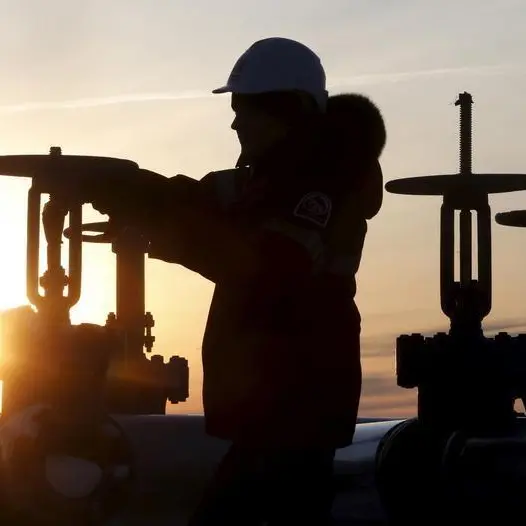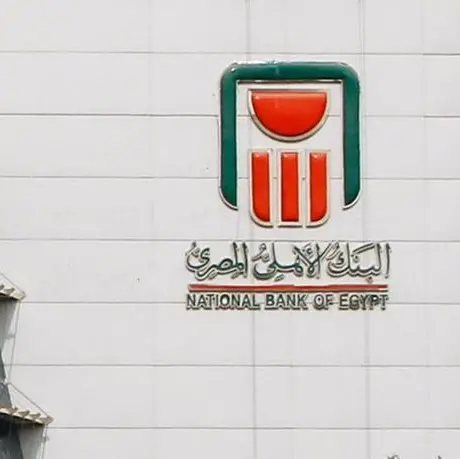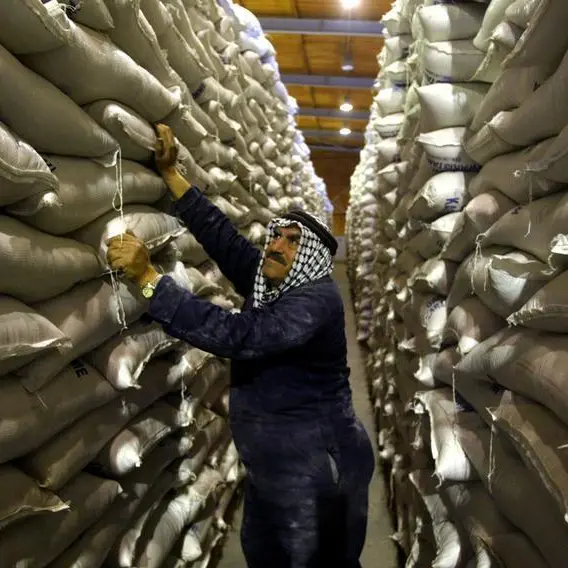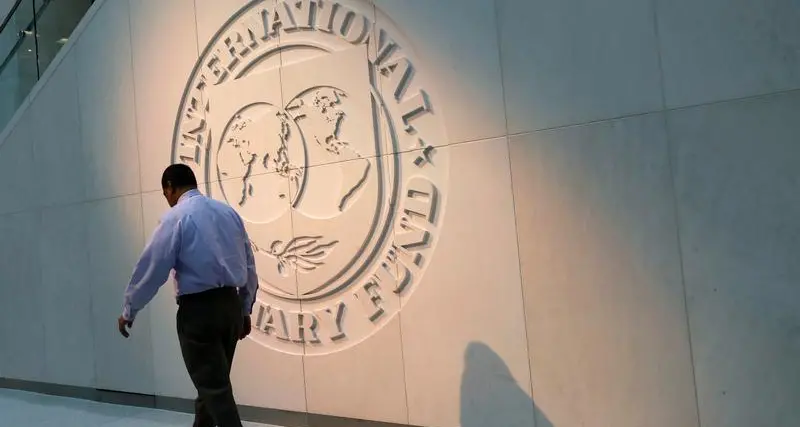PHOTO
LONDON - Copper prices inched higher on Friday but were set to end the week slightly lower as traders balanced hopes for solid demand in China with pessimism about the global economy.
Inflation data in Germany and Japan on Friday and statements from European and U.S. central bankers this week suggest that rapid, economically damaging interest rate rises will continue.
Investors turned cautious, pushing down global equities and driving up the U.S. dollar - pressuring dollar-priced metals by making them costlier for buyers with other currencies.
However, China, the biggest metals consumer, is widely expected to lower its benchmark lending rates on Monday and has pledged other stimulus to support its economy.
And its copper market looks tight. Yangshan copper import premiums surged to $107 a tonne from less than $10 in March, suggesting greater appetite for overseas metal.
Copper stocks in Shanghai Futures Exchange (ShFE) warehouses, meanwhile fell to 31,205 tonnes on Friday from 41,811 tonnes a week earlier.
Traders were also wary that COVID-19 lockdowns and energy rationing in some parts of China could impact metals production. Rationing has shut some zinc smelters, said consultants CRU.
But Chinese demand is unlikely to revive strongly because its property market is in crisis, infrastructure construction is not rapid enough and export demand is weak, said Julius Baer analyst Carsten Menke.
"I would not bet on any further recovery (in metals prices) from here," he said.
Benchmark copper on the London Metal Exchange (LME) was up $4 at $8,035 a tonne in official open-outcry trading but down 0.7% for the week.
Prices of the metal used in power and construction have risen from a low of $6,955 a tonne in July but are down around 17% this year.
Many analysts predict rapid copper supply growth next year and a market surplus.
LME aluminium was down 1.3% at $2,373 a tonne, zinc was up 0.3% at $3,483, nickel fell 0.6% to $21,640, lead slipped 0.3% to $2,067 and tin was flat at $24,600.
They were all down between 2% and 6% this week.
(Reporting by Peter Hobson, Additional reporting by Siyi Liu and Dominique Patton; Editing by Susan Fenton)
